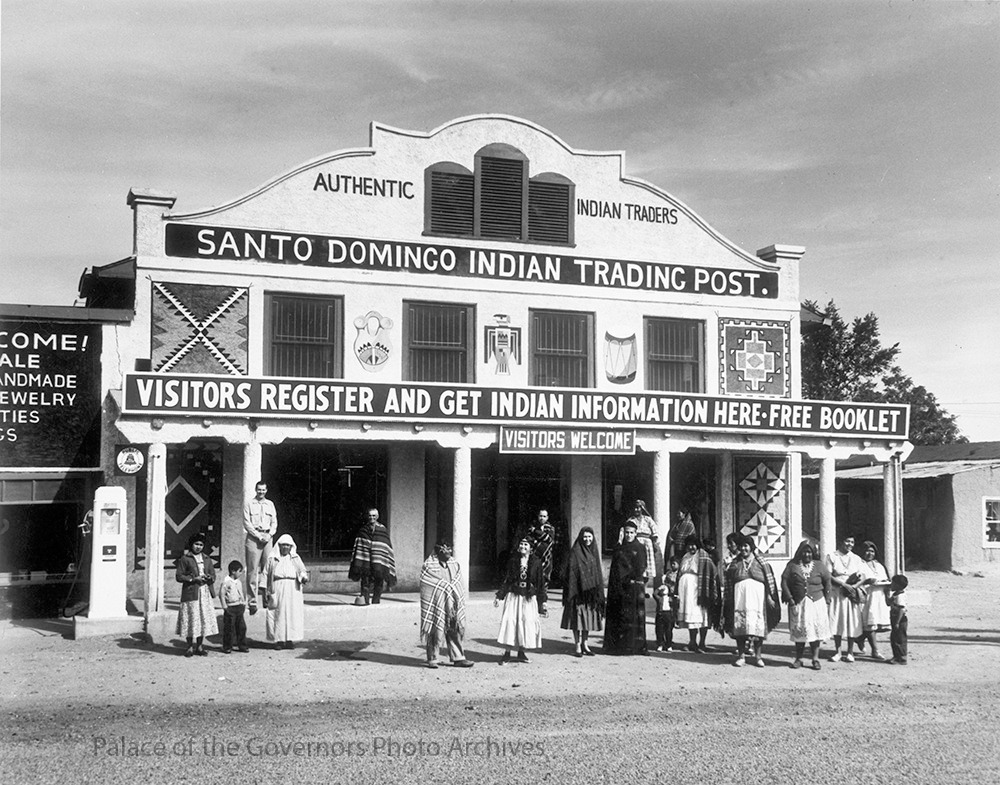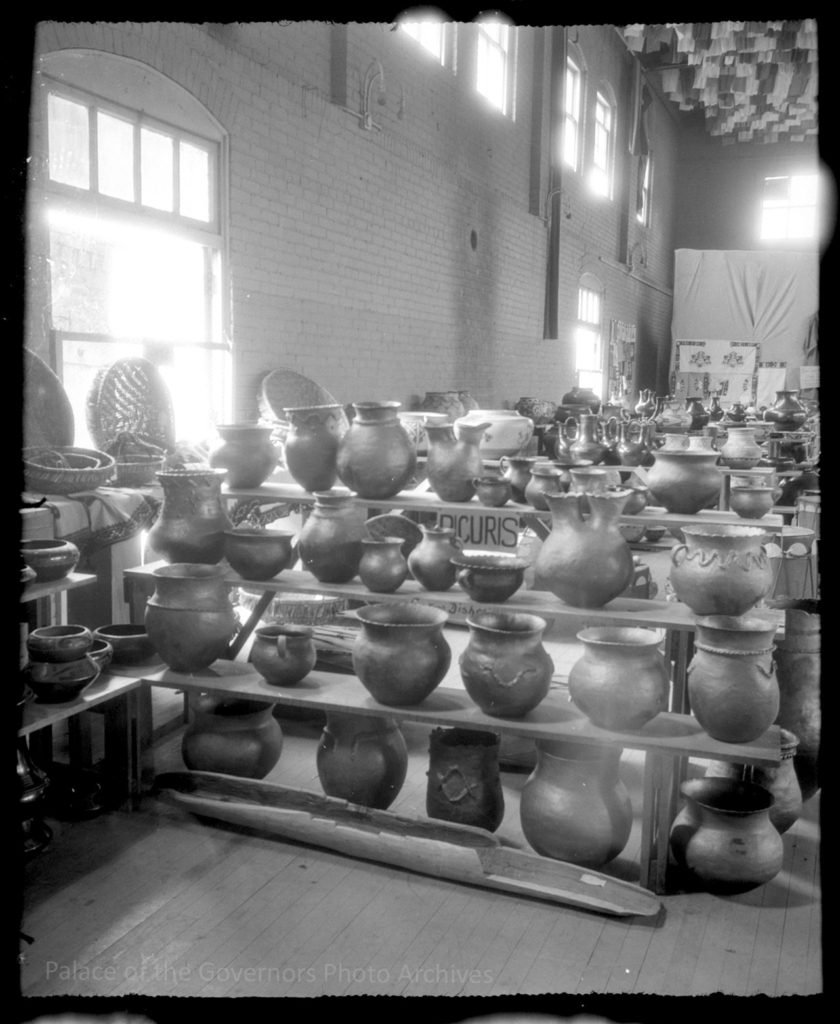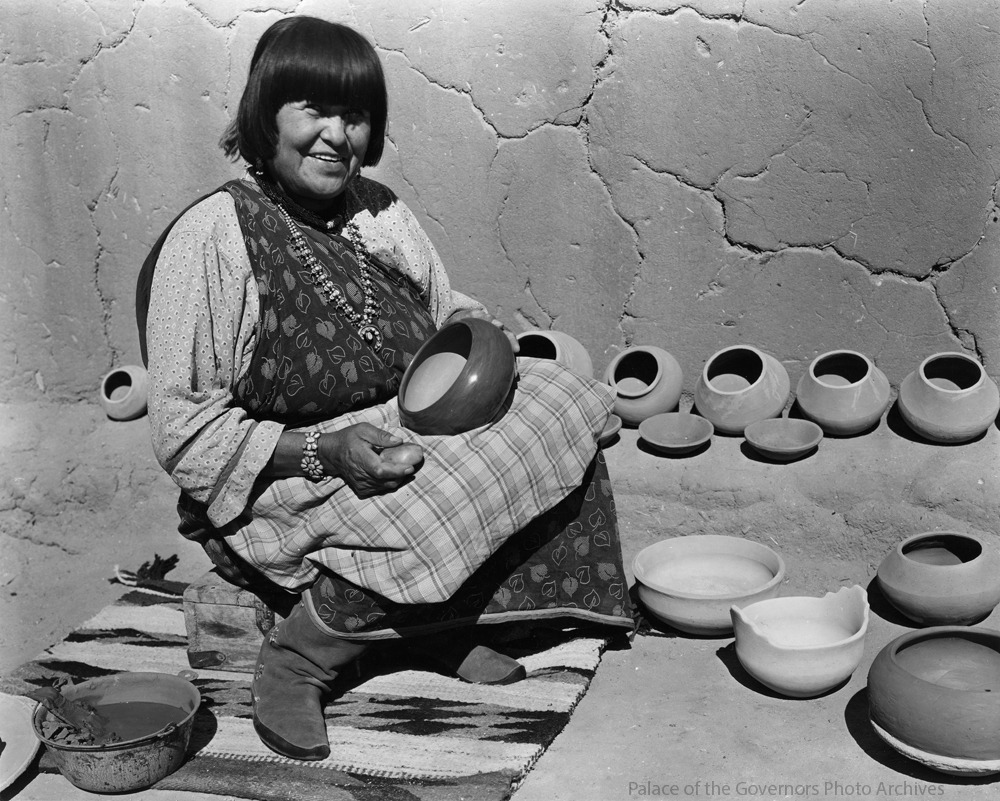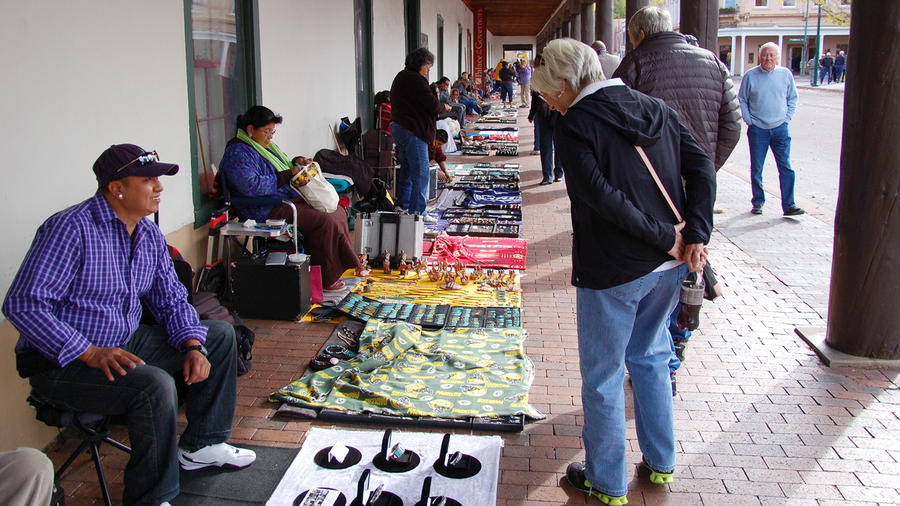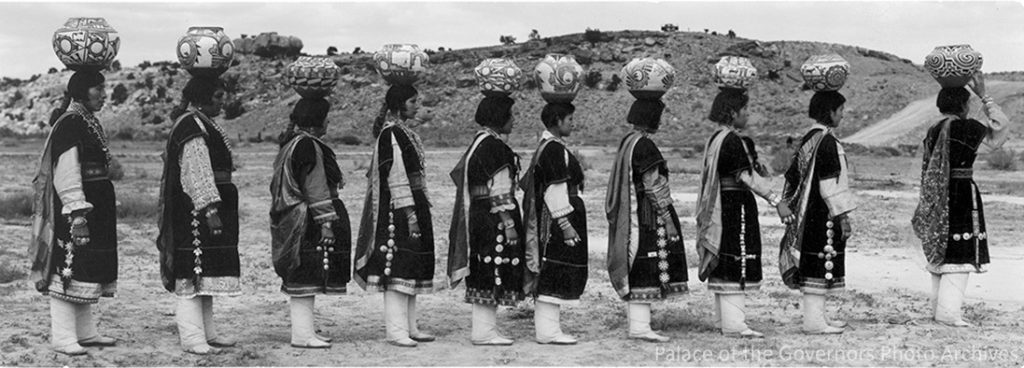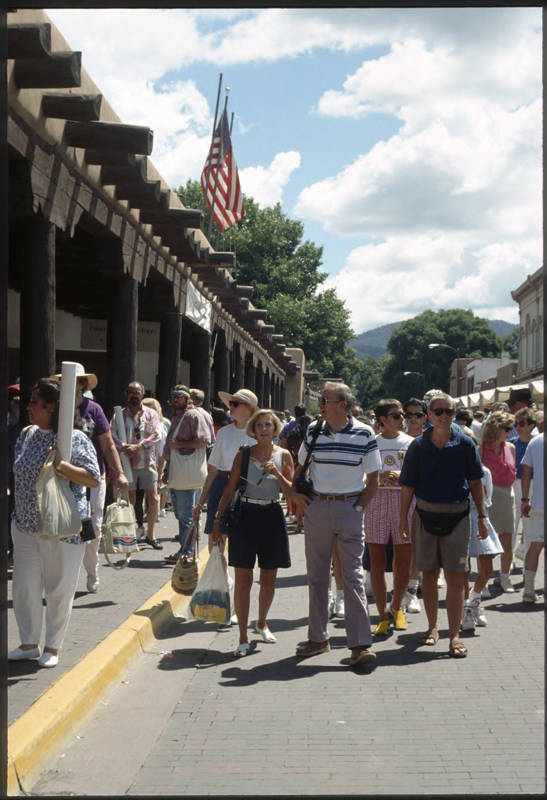This month, Cynthia Culbertson joins us to share the unique history of the horse in New Mexico.
When we think of New Mexico history we sometimes forget that the humans in the narrative have often been dependent on their equine companions. The influence of New Mexico on the history of the horse in the Americas is both fascinating and profound. From the pre-historic ancestors of the horse found here millions of years ago, the first horse breeding and racing in the Americas, the introduction of the horse to Native Americans and the subsequent development of some of the greatest horse cultures in history, New Mexico is arguably the most significant state when it comes to the history of the horse in the U.S. A horse lover since birth, Cynthia Culbertson is proud to have served as a consultant for multiple museum exhibitions featuring horses. She served as co-curator of an exhibition at the International Museum of the Horse featuring artifacts from 27 museums around the world, including such prestigious institutions as the British Museum and the Metropolitan Museum of Art. She has also served as a consultant for the equine components of many other projects, including a UNESCO World Heritage museum. Cynthia is the author of several books on the subject of Arabian horses and is a regular contributor to international equine media. She has been a lecturer in more than ten countries and has scripted and narrated multiple educational videos, including a New York Times Vision Award recipient. Friends of History is a volunteer support group for the New Mexico History Museum in Santa Fe, New Mexico. Its mission is to raise funds and public awareness for the Museum’s exhibitions and programs. Friends of History fulfills its mission by offering high quality public history programs, including the First Wednesday Lecture Series. For more information, or to join the Friends of History, go to friendsofhistorynm.org

